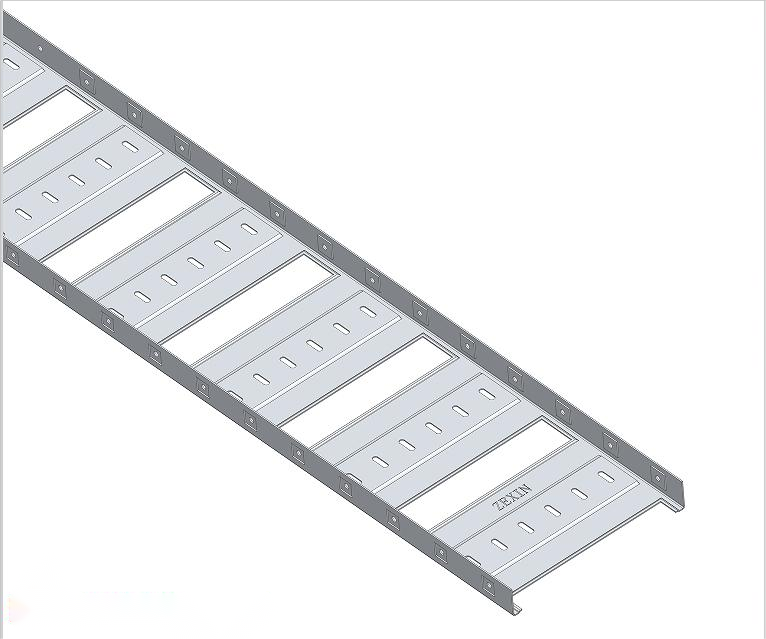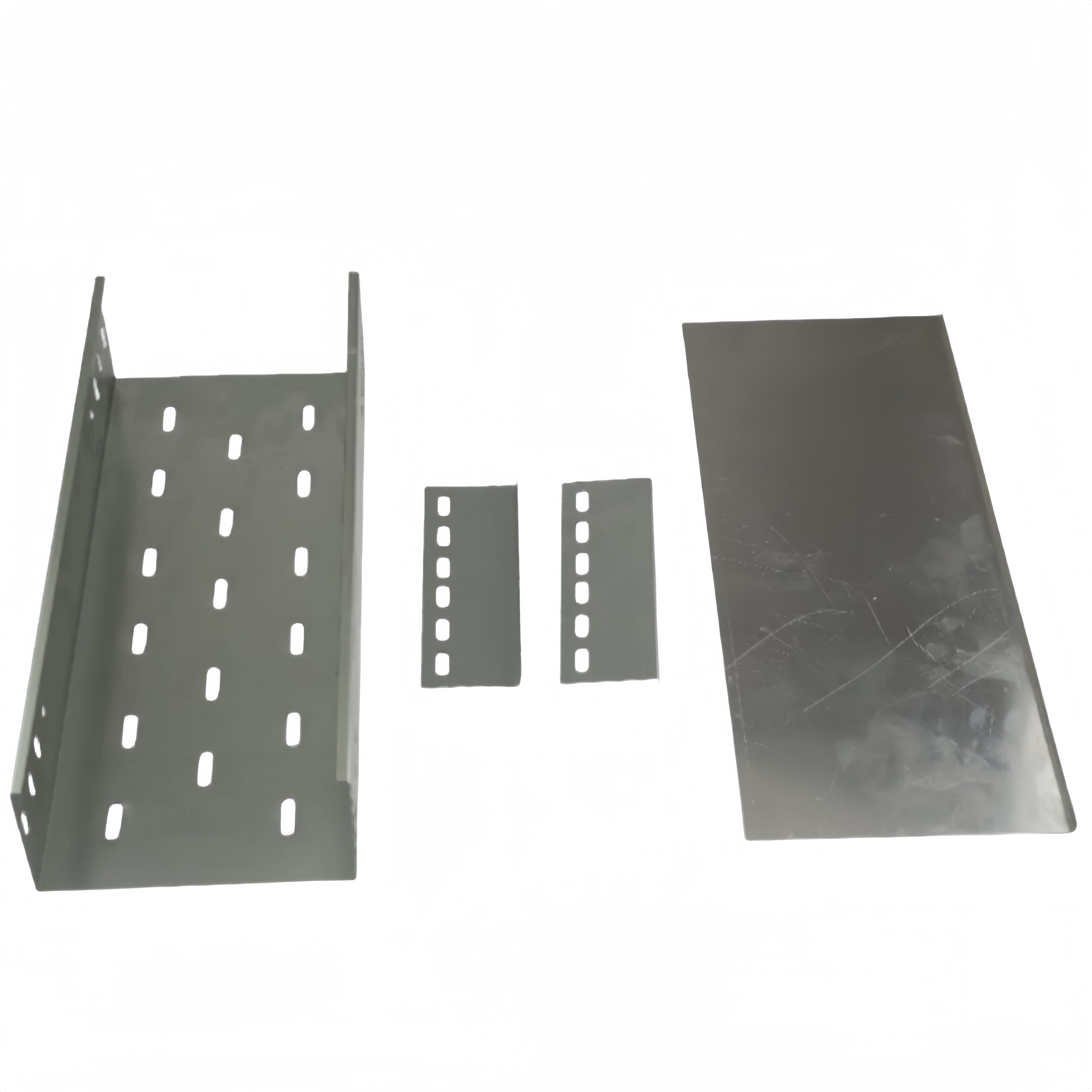Galvanized cable trays are critical components in the infrastructure of industrial, commercial, and residential buildings, playing a pivotal role in managing and protecting electrical wiring systems. They provide an organized framework for routing cables and wires, ensuring safety, efficiency, and longevity of the electrical network. In this article, we delve into the concept of galvanized cable trays, exploring their composition, benefits, applications, and why they are so widely utilized in various industries.

Understanding Galvanization and Galvanized Cable Trays
Galvanization refers to the process of applying a protective zinc coating to steel or iron to prevent rusting and corrosion. When applied to cable trays, this process transforms regular cable trays into galvanized cable trays, enhancing their durability and lifespan significantly. Galvanization can be achieved through several methods, with the most common being hot-dip galvanizing. During this process, the cable tray is submerged in a bath of molten zinc, resulting in a strong metallurgical bond that creates a barrier against moisture and corrosive elements.
Features and Benefits of Galvanized Cable Trays
1. Corrosion Resistance: The primary advantage of galvanized cable trays is their exceptional resistance to corrosion. The zinc layer serves as a sacrificial anode, meaning it corrodes before the underlying steel, thereby preserving the structural integrity of the cable tray. This characteristic ensures the cable tray maintains its functionality even in harsh environments with high humidity or exposure to chemicals.
2. Durability and Longevity: With increased resistance to wear and tear, galvanized cable trays have a much longer service life compared to non-galvanized alternatives. This reduces the need for frequent replacements and lowers maintenance costs over time.
3. Economic Efficiency: Although the initial cost of galvanized cable trays might be higher than non-galvanized ones, their extended lifespan and low maintenance requirements translate into significant long-term savings. Moreover, galvanization is a one-time process, so there’s no recurring cost for anti-corrosion treatments.
4. Versatility: Galvanized cable trays are available in numerous designs including ladder-type, solid bottom, wire mesh, and perforated styles. This adaptability allows them to be used in diverse settings, from outdoor installations to indoor spaces with varying degrees of environmental conditions.
5. Ease of Installation and Modification: Galvanized cable trays are lightweight yet sturdy, making them easy to handle and install. The zinc coating does not affect the trays’ compatibility with common fasteners and mounting systems. Furthermore, should modifications or expansions be required, the galvanized cable trays can be cut and modified without compromising their protective qualities.
6. Safety and Compliance: Galvanized cable trays meet stringent industry standards and regulations for electrical installations. The smooth surface of the zinc coating minimizes the risk of injury and helps prevent accidental short circuits by inhibiting the accumulation of dust and moisture.
Applications of Galvanized Cable Trays
Galvanized cable trays find extensive use in:
Industrial facilities where there’s a high likelihood of exposure to corrosive substances or harsh weather conditions.
Commercial buildings requiring reliable and durable cable management solutions.
Outdoor installations such as telecommunications towers, utility poles, and solar farms.
Data centers and IT facilities where uninterrupted power supply and cooling systems rely on well-maintained cabling.
Public infrastructure projects like airports, train stations, and bridges that necessitate robust, low-maintenance cable management systems.

Conclusion
Galvanized cable trays embody a smart investment in infrastructure, providing an efficient, safe, and resilient solution for managing complex wiring systems. Their corrosion-resistant properties, coupled with their durability and economic viability, make them a go-to choice for architects, engineers, and contractors seeking a reliable cable management system that stands the test of time. As technology continues to advance and the demand for robust electrical networks grows, galvanized cable trays remain a cornerstone of modern electrical infrastructure.

